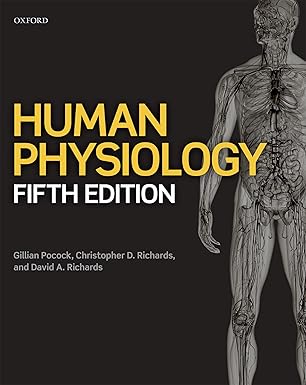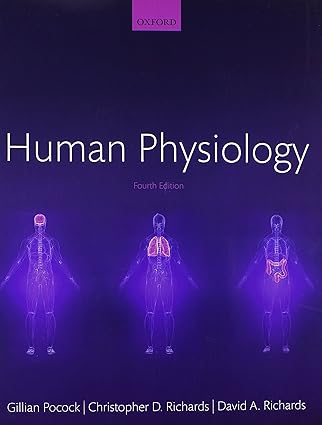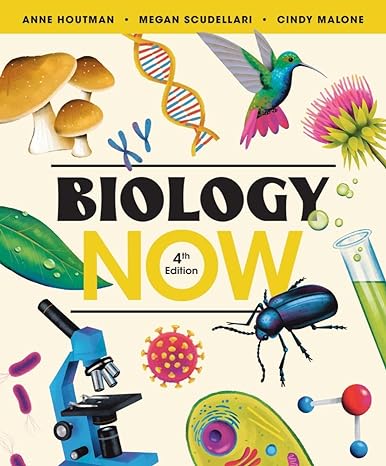Human Molecular Genetics has been carefully crafted over successive editions to provide an authoritative introduction to the molecular aspects of human genetics, genomics and cell biology.
Maintaining the features that have made previous editions so popular, this fifth edition has been completely updated in line with the latest developments in the field. Older technologies such as cloning and hybridization have been merged and summarized, coverage of newer DNA sequencing technologies has been expanded, and powerful new gene editing and single-cell genomics technologies have been added. The coverage of GWAS, functional genomics, stem cells, and disease modeling has been expanded. Greater focus is given to inheritance and variation in the context of populations and on the role of epigenetics in gene regulation.
Key features:
- Fully integrated approach to the molecular aspects of human genetics, genomics, and cell biology
- Accessible text is supported and enhanced throughout by superb artwork illustrating the key concepts and mechanisms
- Summary boxes at the end of each chapter provide clear learning points
- Annotated further reading helps readers navigate the wealth of additional information in this complex subject and provides direction for further study
- Reorganized into five sections for improved access to related topics
- Also new to this edition – brand new chapter on evolution and anthropology from the authors of the highly acclaimed Human Evolutionary Genetics
A proven and popular textbook for upper-level undergraduates and graduate students, the new edition of Human Molecular Genetics remains the ‘go-to’ book for those studying human molecular genetics or genomics courses around the world.
چکیده فارسی
ژنتیک مولکولی انسان به دقت در نسخه های متوالی ساخته شده است تا مقدمه ای معتبر بر جنبه های مولکولی ژنتیک انسانی، ژنومیک و زیست شناسی سلولی ارائه کند.
با حفظ ویژگی هایی که نسخه های قبلی را بسیار محبوب کرده است، این ویرایش پنجم کاملاً مطابق با آخرین پیشرفت های این حوزه به روز شده است. فنآوریهای قدیمیتر مانند شبیهسازی و هیبریداسیون با هم ادغام و خلاصه شدهاند، پوشش فناوریهای جدیدتر توالییابی DNA گسترش یافته است، و ویرایش ژنهای جدید قدرتمند و فناوریهای ژنومیک تک سلولی اضافه شدهاند. پوشش GWAS، ژنومیکس عملکردی، سلول های بنیادی و مدل سازی بیماری گسترش یافته است. تمرکز بیشتر بر وراثت و تنوع در بافت جمعیت و نقش اپی ژنتیک در تنظیم ژن است.
ویژگی های کلیدی:
- رویکرد کاملا یکپارچه به جنبه های مولکولی ژنتیک انسانی، ژنومیک و زیست شناسی سلولی
- متن قابل دسترسی با آثار هنری عالی که مفاهیم و مکانیسمهای کلیدی را به تصویر میکشند پشتیبانی و تقویت میشود
- جعبه های خلاصه در پایان هر فصل نکات یادگیری واضحی را ارائه می دهند
- مطالعه بیشتر با حاشیه نویسی به خوانندگان کمک می کند تا اطلاعات بیشتری را در این موضوع پیچیده جستجو کنند و جهت مطالعه بیشتر را فراهم می کند
- سازماندهی مجدد در پنج بخش برای دسترسی بهتر به موضوعات مرتبط
- همچنین در این نسخه جدید است - فصل کاملاً جدیدی در مورد تکامل و انسان شناسی از نویسندگان کتاب بسیار تحسین شده ژنتیک تکاملی انسان
یک کتاب درسی اثبات شده و محبوب برای دانشآموختگان سطح بالا و دانشجویان کارشناسی ارشد، ویرایش جدید ژنتیک مولکولی انسان همچنان بهترین کتاب برای کسانی است که در رشتههای ژنتیک مولکولی انسانی یا ژنومیک در اطراف مطالعه میکنند. جهان.
ادامه ...
بستن ...
Ebook details:
عنوان: Human Molecular Genetics
نویسنده: Tom Strachan, Andrew Read
ناشر: Garland Science; 5 edition (December 6, 2018)
زبان: English
شابک: 0815345895, 978-0815345893
حجم: 114 Mb
فرمت: Epub + Converted Pdf
ادامه ...
بستن ...










